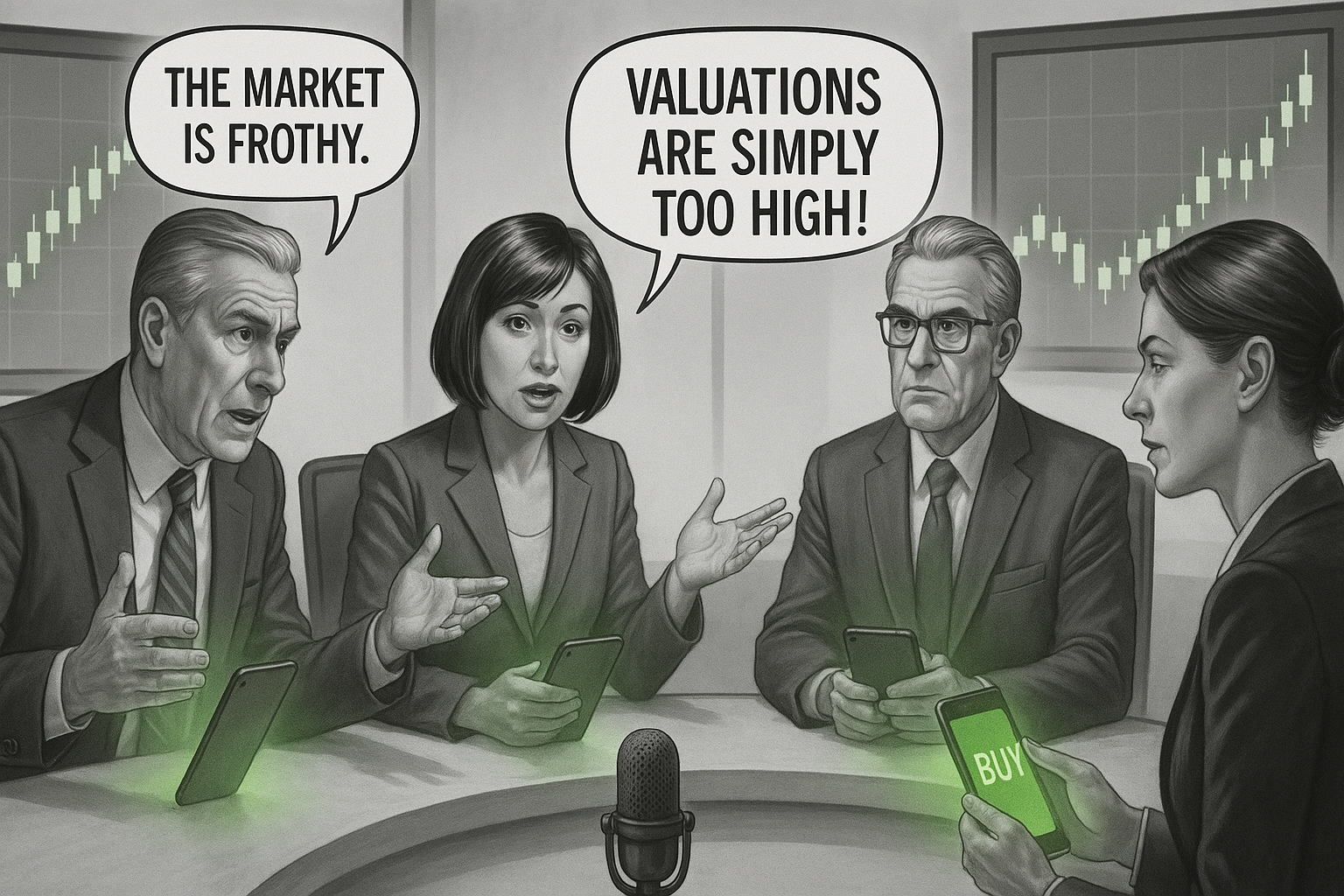Lots of cash waiting for a pullback makes any pullback shallow ...
While recent headline risks, including new tariff announcements and weakening labor data, have induced corrective price action, the probability of a significant, sustained downturn remains low. The catalysts for the current volatility are tangible, yet they appear insufficient to override a powerful underlying market structure. The primary factor constraining a deeper sell-off is the substantial volume of under-allocated capital positioned to tactically re-enter on any material price weakness.
The market's swift and potent recovery from the April lows left a significant cohort of investors under-invested, creating a large reservoir of sidelined cash. This dynamic has established a solid structural support level, or a natural floor, for equities. As event-driven selling pressure from short-term traders and algorithms emerges, it is likely to be met with this significant, pre-positioned demand, even if this contradicts the media narrative saying company valuations (especially in tech) are too high.

From a behavioral finance perspective, the prevailing sentiment among this group of under-invested participants is not one of risk aversion but of acute FOMO (fear of missing out). For this cohort, the pullback is viewed not as a threat, but as a tactical opportunity to re-engage. This widespread "buy-the-dip" mentality functions as a powerful, self-regulating mechanism that limits downside volatility. Barring a material deterioration in the macroeconomic outlook that fundamentally impairs forward earnings expectations, the current price action is more indicative of a healthy consolidation within an uptrend than the inception of a deeper correction.